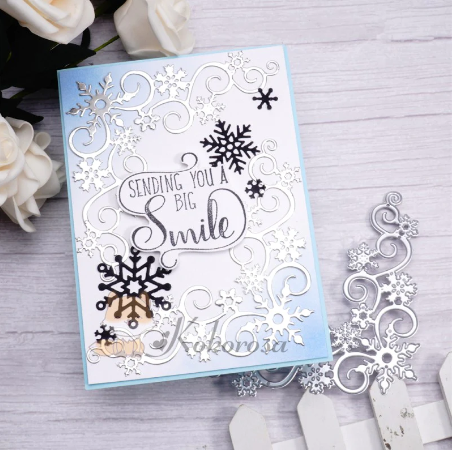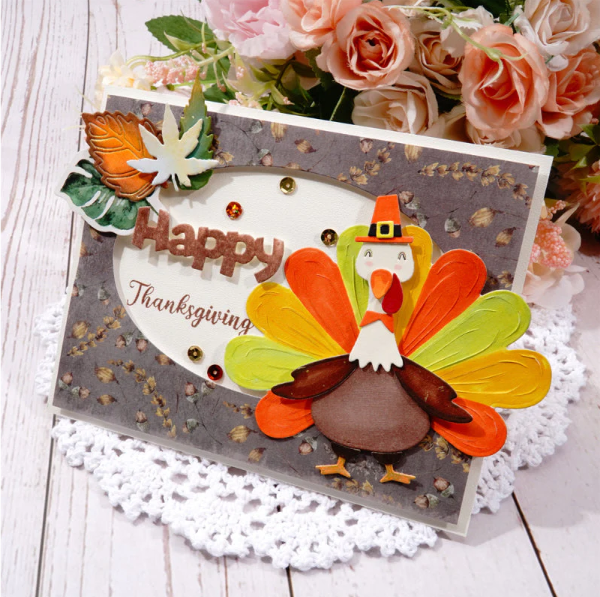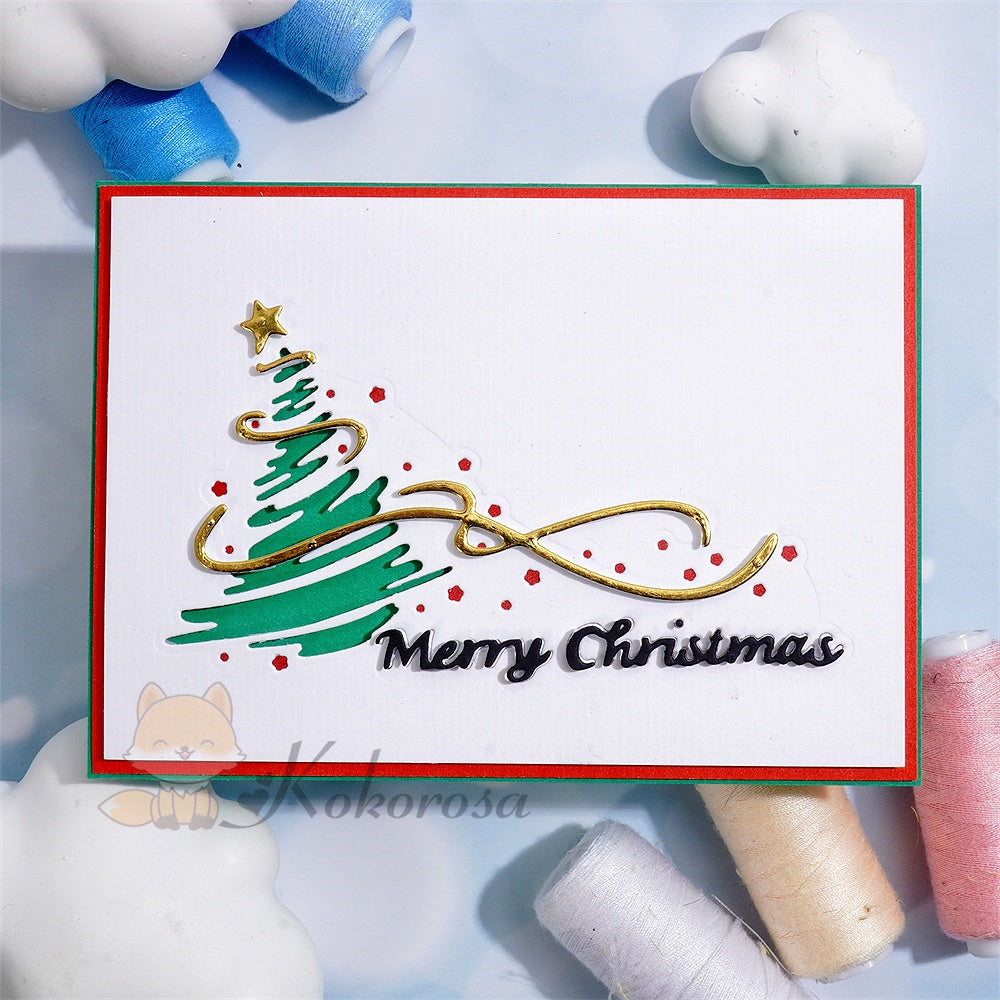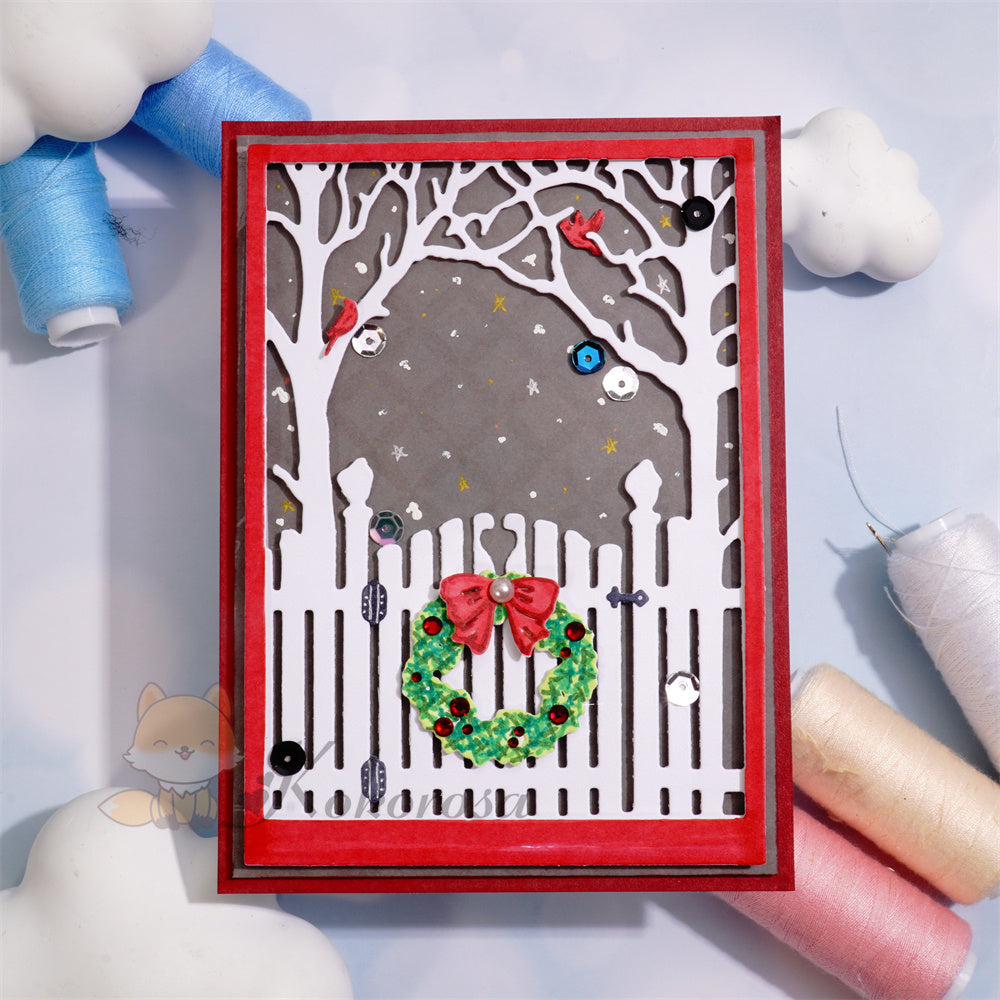Distressing Techniques on Card stock: Aging and Vintage Effects
If you want to add a touch of nostalgia and timeless charm to your cardmaking projects, distressing techniques are the way to go. By intentionally distressing your card stock, you can achieve an aged and vintage look that adds character and depth to your designs. In this blog post, we'll explore some popular distressing techniques on cardstock to help you achieve the perfect aging and vintage effects.

1. Ink Distressing
Ink distressing is one of the most common and versatile techniques to achieve an aged or vintage effect on card stock. Here's how you can do it:
Choose distress ink pads in colors that complement your desired vintage effect. Browns, grays, and sepia tones work well.
Apply the distress ink directly onto a blending tool or sponge.
Lightly tap or swirl the inked blending tool/sponge onto the edges of your cardstock, gradually working your way inward.
For a more distressed look, you can also dab the blending tool/sponge randomly across the cardstock, focusing on areas where natural wear and tear may occur.
Blend the inked areas with a soft cloth or tissue, smudging and blending the colors for a seamless vintage effect.
Ink distressing gives your card stock an aged appearance, mimicking the look of vintage documents or antique photographs.

2. Paper Distressing
Paper distressing involves physically manipulating the card stock to create a weathered and worn effect. You follow these steps to distress your stock paper:
Use sandpaper or a distressing tool to gently rub the surface of the card stock, focusing on the edges and corners.
Gradually increase the pressure to achieve varying levels of distressing.
You can also crumple or scrunch up the cardstock paper to create creases and wrinkles for a more aged and textured look.
Smooth the card stock slightly to maintain its usability while retaining the distressed effect.
Paper distressing adds texture and a sense of history to your card stock, making it perfect for vintage-themed projects.

3. Staining and Spritzing
Staining and spritzing techniques involve applying liquid or ink products to your card stock to create subtle aging effects. Here's how:
Dilute water-based or acrylic ink with water in a spray bottle or on a palette.
Spritz the diluted ink lightly over your card stock, focusing on the edges and corners.
You can also create staining effects by dipping a paintbrush or a sponge into the diluted ink and gently brushing it onto the cardstock.
Blend and soften the colors by dabbing the cardstock with a cloth or tissue.
Staining and spritzing create a mottled and faded appearance on the card stock, resembling aged paper or fabrics.

4. Distressed Edges and Faux Burn Marks
Creating distressed edges and faux burn marks adds an authentic worn look to your card stock. Here's how you can achieve this effect:
Use a distressing tool, sandpaper, or your fingernail to gently scrape and roughen the edges of the cardstock.
For a more pronounced effect, lightly singe the edges of the stock paper using a heat tool or by holding it over a flame briefly. Be cautious and take safety precautions while handling fire.
Distressed edges and faux burn marks give your stock paper an aged appearance, reminiscent of antique documents that have withstood the test of time.
Conclusion
Whether you prefer ink distressing, paper distressing, staining and spritzing, or distressed edges and faux burn marks, experimenting with these techniques will help you create unique and visually captivating designs. Remember, the key to successful distressing is to practice and experiment with different colors, textures, and levels of distressing. Have fun exploring these techniques, and let your creativity guide you in achieving the perfect aging and vintage effects on your cardstock.
Happy crafting!













Leave a comment